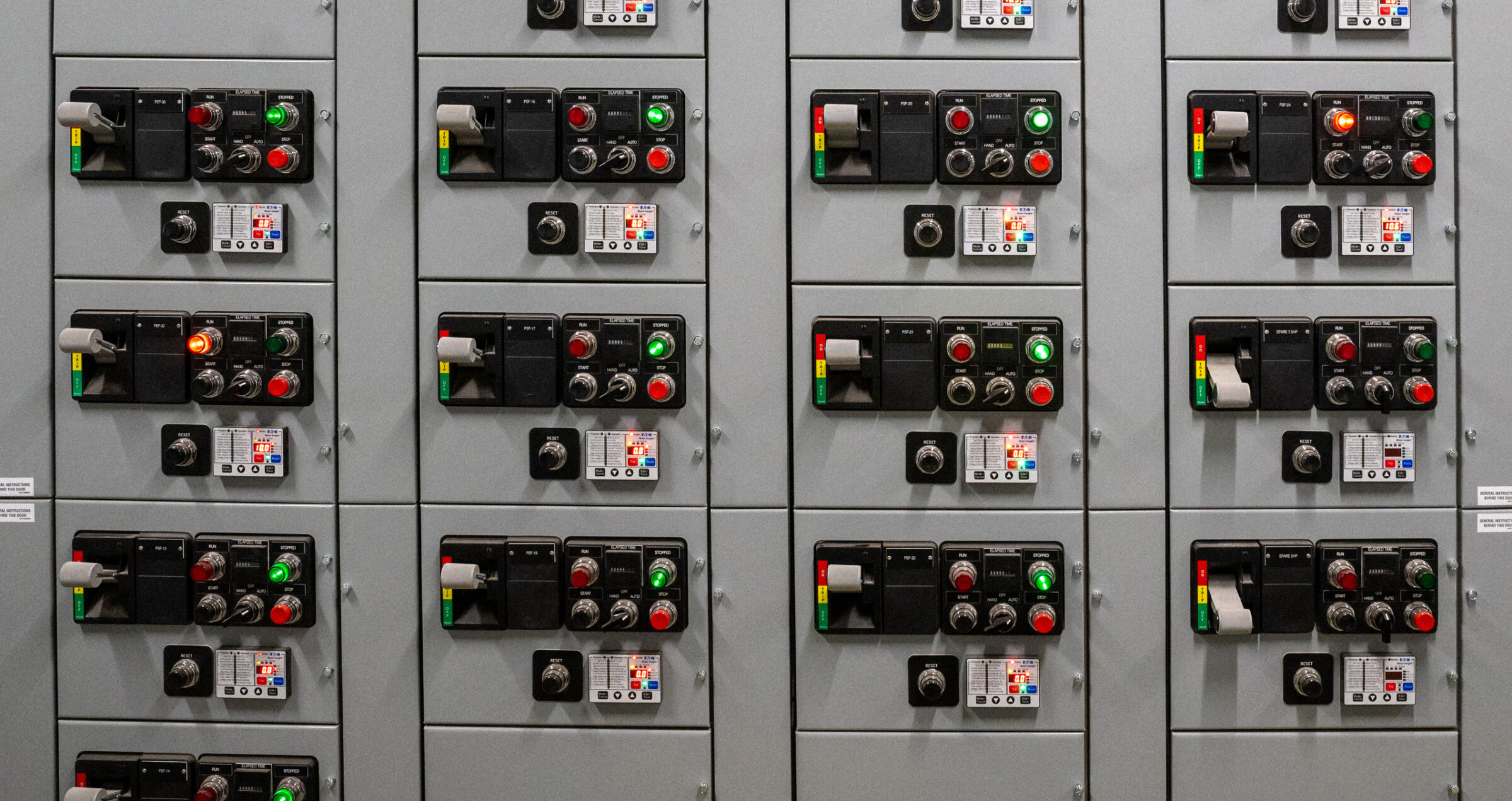The issue of Selective Coordination of Emergency and Elevator Systems has become an increasingly challenging issue over the past several years. Each project that Rosendin bids, as well as any project we design, must address the issue of Selective Coordination in the Emergency Systems (Article 700), Legally Required Standby Systems (Article 701), Critical Operation Power Systems (Article 708), and Elevator Systems (Article 620). Most design engineers and estimating and purchasing agents are unaware of the requirements and often do not understand the ramifications. Our teams have been dealing with this issue on projects, and it can regularly cost over $100K to implement the requirements for Selective Coordination. In addition, the electrical topology may need to change along with physical equipment. This change can add to the equipment cost and delay project delivery if not addressed during the design and procurement phases.
WHAT IS SELECTIVE COORDINATION?
Selective Coordination is the ability for the overcurrent devices (circuit breakers and fuses) in an electrical distribution system to coordinate such that the overcurrent protective device closest to a fault clears the fault rather than upstream devices that could affect a more significant portion of the electrical distribution. This ability is of particular concern with emergency systems as they are relied upon during emergency conditions to provide critical life safety power that allows people to exit a facility safely.
The 2014 NEC and 2016 CEC requirements, and later versions, now require breakers and fuses to provide localized fault clearing when designing distribution topologies and selecting actual breakers from manufacturers. We must first determine if the Selective Coordination will need to meet NEC or CEC requirements (CEC if the project is within a California Jurisdiction). The NEC requires selective Coordination down to 10mS (0.01sec), whereas CEC requires (or by lack of clarification within the definition and stated explicitly for OSHPD projects) down to 100mS (0.1sec).
PRACTICAL STEPS YOU CAN TAKE TO ADDRESS CHALLENGES AND ENSURE CODE COMPLIANCE
Below are some practical steps to understand the topology issues and select and purchase overcurrent devices and gear that comply with Code.
- Determine which Code Version the AHJ enforces for the project and/or is specified by the Engineer of Record (EEOR). The Code Version can be determined by contacting the Project Manager or through an RFI to the EEOR if it is not specified in the contract documents. The possible answers will be NEC requirements to 10ms (full range of Current and Time) or CEC (or AHJ) acceptance to 100ms (0.1 seconds).
- In reviewing the Single Line Diagram look for cases where there are more than four panels or distribution boards from the furthest branch circuit panelboard to the main switchboard. If this is the case, the system will have difficulty fully coordinating due to the number of layers of overcurrent devices in series.
- If there are more than three panels or distribution boards from the furthest branch circuit panelboard to the generator, the system will have difficulty fully coordinating due to the number of layers of overcurrent devices in series.
- To achieve full coordination systems with circuit breakers, we need frame sizes between four and six TIMES the downstream circuit breaker, which means a 100A panel with Main Circuit Breaker must be fed from a 400A distribution panel with the main breaker. If this is not the case, Coordination will be challenging to achieve.
- If magnetic circuit breakers are installed in series, they will rarely coordinate unless the frame sizes for the upstream circuit breakers are 4X to 6X that of the downstream breakers.
- Systems with risers that tap to panels of the same size main circuit breaker will not fully coordinate, so risers must provide feeds to a distribution panel that sub feeds lower sized panels.
Since most design engineers are not fully up to speed on the Selective Coordination requirements, most designs produced for bid may not address the issue of Selective Coordination. The electrical contractor is still expected to comply with the Code regardless of the design. Also, while equipment vendors are aware of Selective Coordination requirements, they will rarely account for it in a bid as it adds cost. Finally, many jurisdictions are becoming aware of the Selective Coordination requirement. Still, they may not catch it in plan check, but the field inspector may ask the question causing increased challenges affecting cost and schedule during construction.
https://online.flipbuilder.com/pjyf/cmpi/


